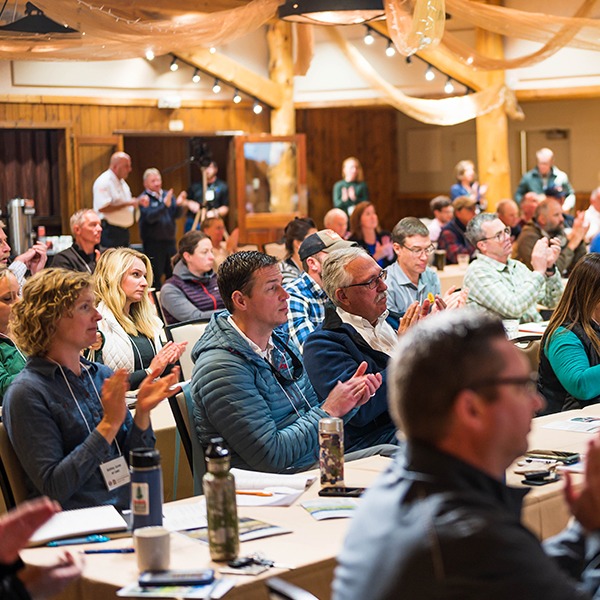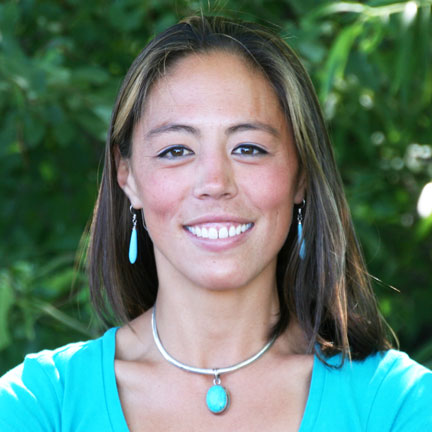-
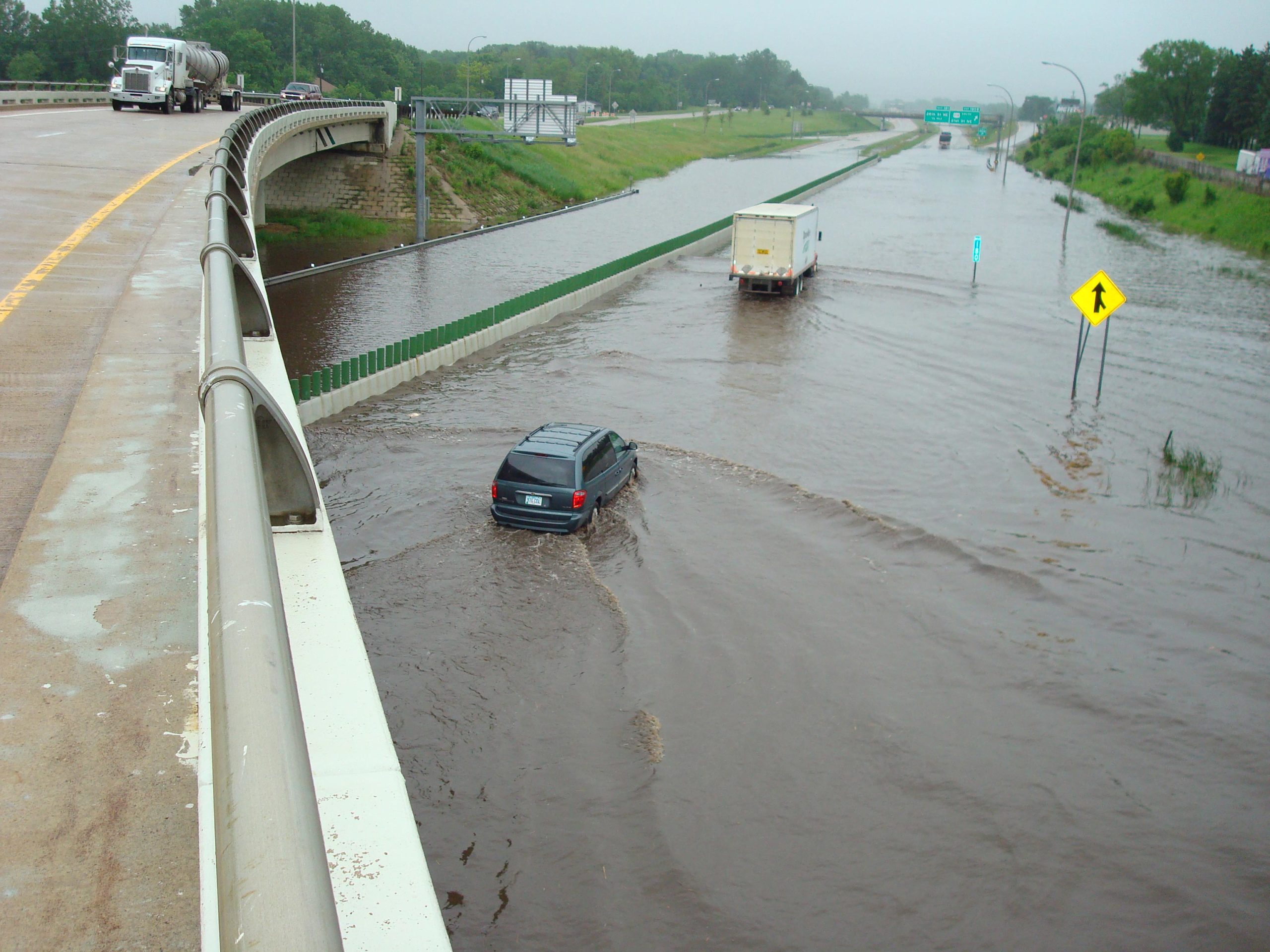
Climate change has the potential to destabilize general operating budgets and constrain access to lending markets. These presentations share promising solutions for “climate-proofing” budgets. Read more
-
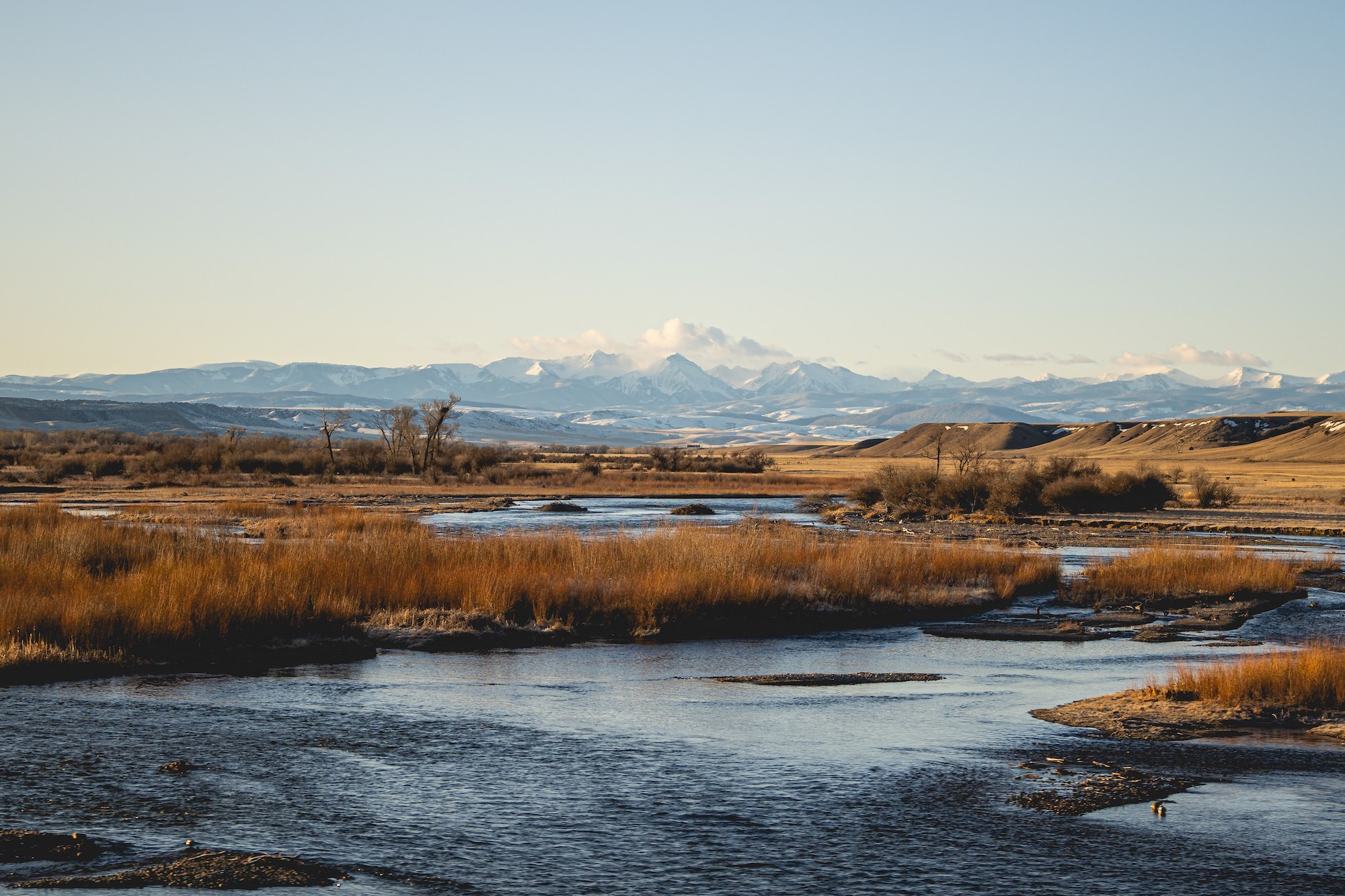
Flood risk is underestimated in the U.S., but better maps and data are not enough to help communities. They must be accompanied with resources to support local action. Read more
-

A new report in our Economic Profile System provides community-level data about wildfire hazard and potentially vulnerable populations. Read more
-

Explore the number of structures destroyed in each state by wildfire. Structures lost—rather than acres burned—provides a more complete measure of the broad impacts of wildfire. Read more
-

The number of western Montana homes in areas with high wildfire hazard has doubled, outpacing development rates in areas with low wildfire hazard. Read more
-

Communities highlighted in this report have successfully reduced flood risk through strategic partnerships, innovative solutions, and creative funding. Read more
-
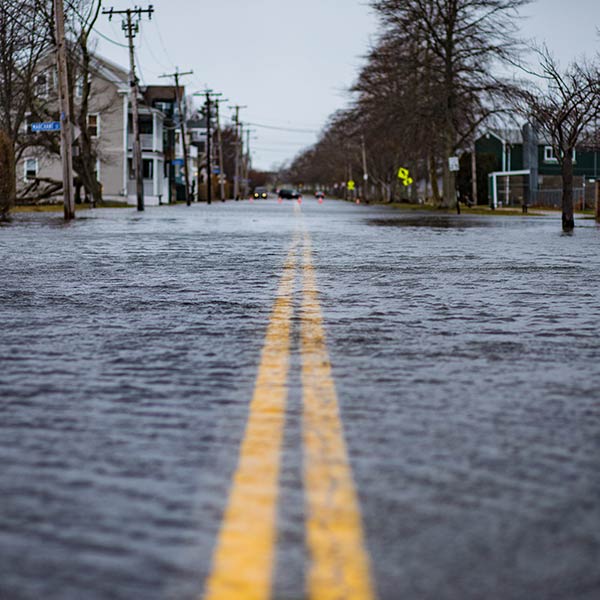
This guide provides advice for developing funding strategies for flood mitigation projects, including where to find funding and how to make an economic pitch for mitigation projects. Read more
-

Kimiko Barrett, Ph.D., demonstrates how community resilience to wildfire needs to include planning and adaptation strategies for homes and neighborhoods. Read more
-
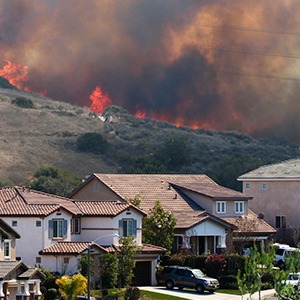
From 2000-2019, nearly 2,000 U.S. communities were threatened by wildfires or potential ember spread, showing the need for adaptive planning strategies. Read more
-
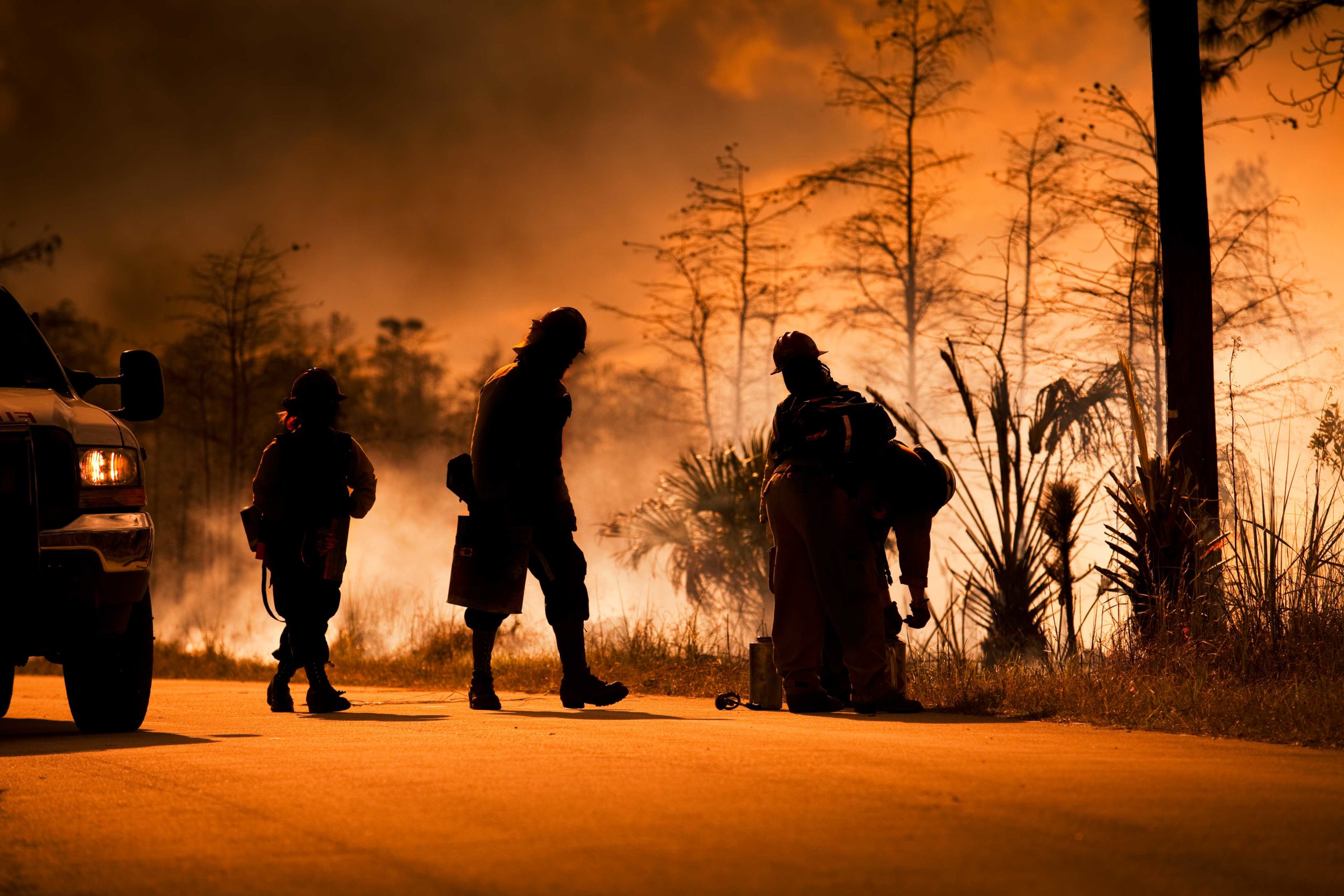
Testimony on wildfires and vulnerable populations to a forum before the House Subcommittee on National Parks, Forests, and Public Lands. Read more
-

Land use planning can help communities become fire-adapted and resilient in the face of increasing wildfire potential. Read more
-

Federal wildfire policy that emphasizes suppression—a legacy of early-1900s forest management—has resulted in a paradox: accumulated fuels and larger, more severe wildfires. Read more
-

Managing wildfires during a pandemic will test the capacity of our first responders, but individual homeowners can take steps now to reduce wildfire risks. Read more
-

The new Wildfire Risk to Communities website—developed by the USDA Forest Service in partnership with Headwaters Economics and Pyrologix—offers maps and data about community wildfire risk nationwide. Read more
-

Economic methods and data can engage diverse audiences and tell new stories to help cities make a case for climate adaptation. Read more
-
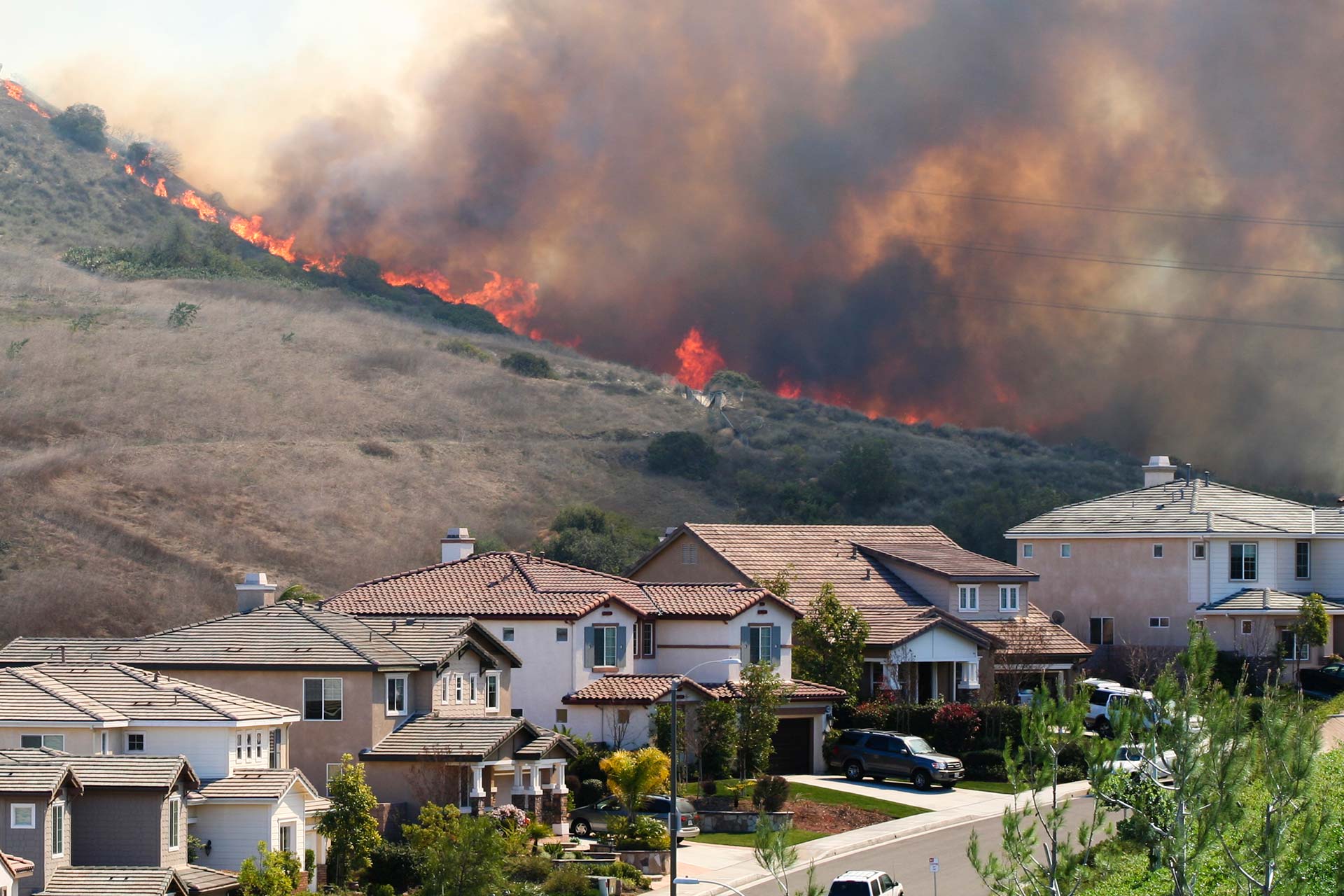
Updated: For communities land use planning is more effective than logging on federal lands to reduce future wildfire disasters. Read more
-

Community Planning Assistance for Wildfire (CPAW) is helping communities reduce wildfire risks and costs. Four new communities join 26 others this coming year. Read more

